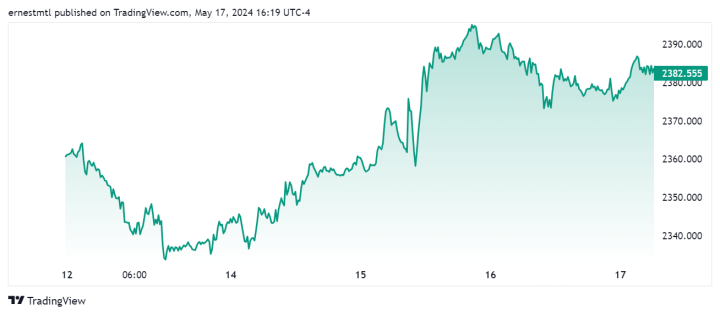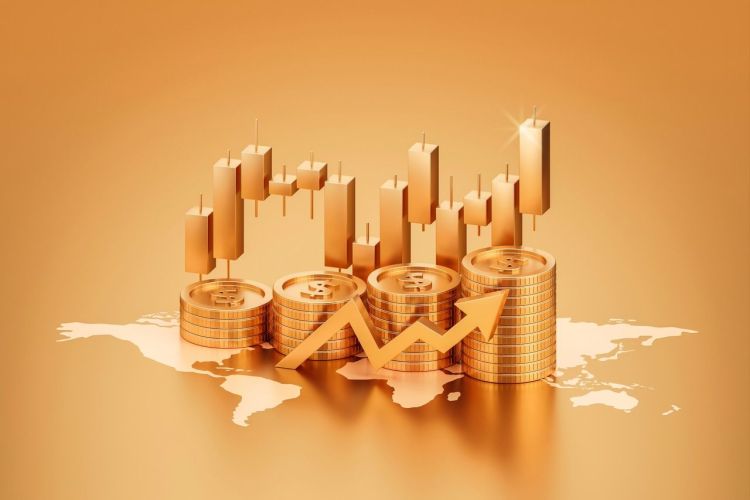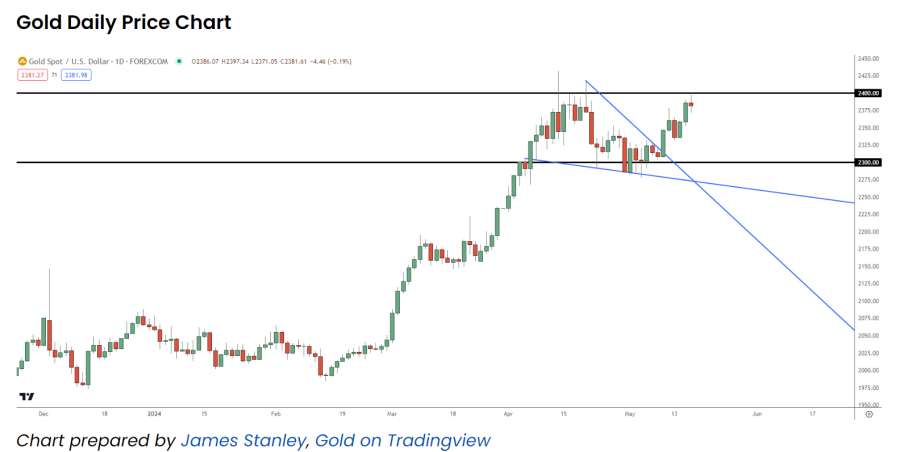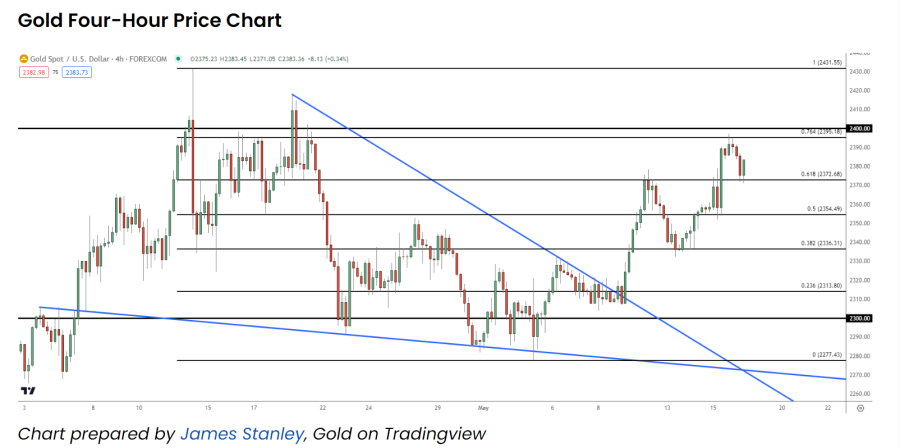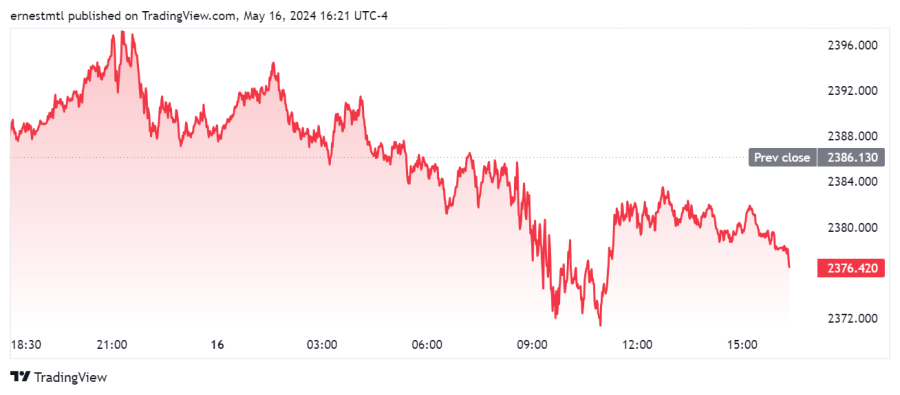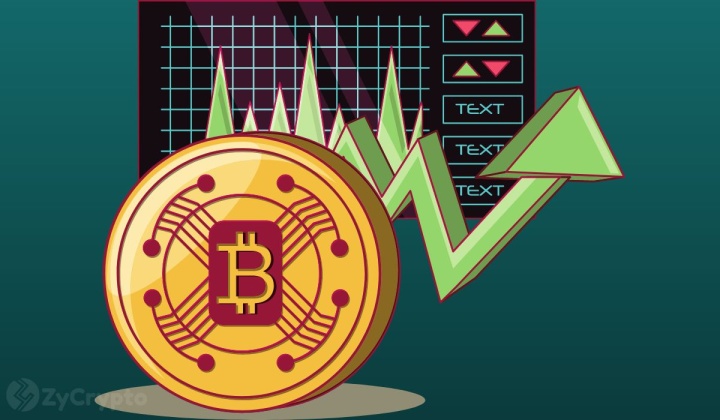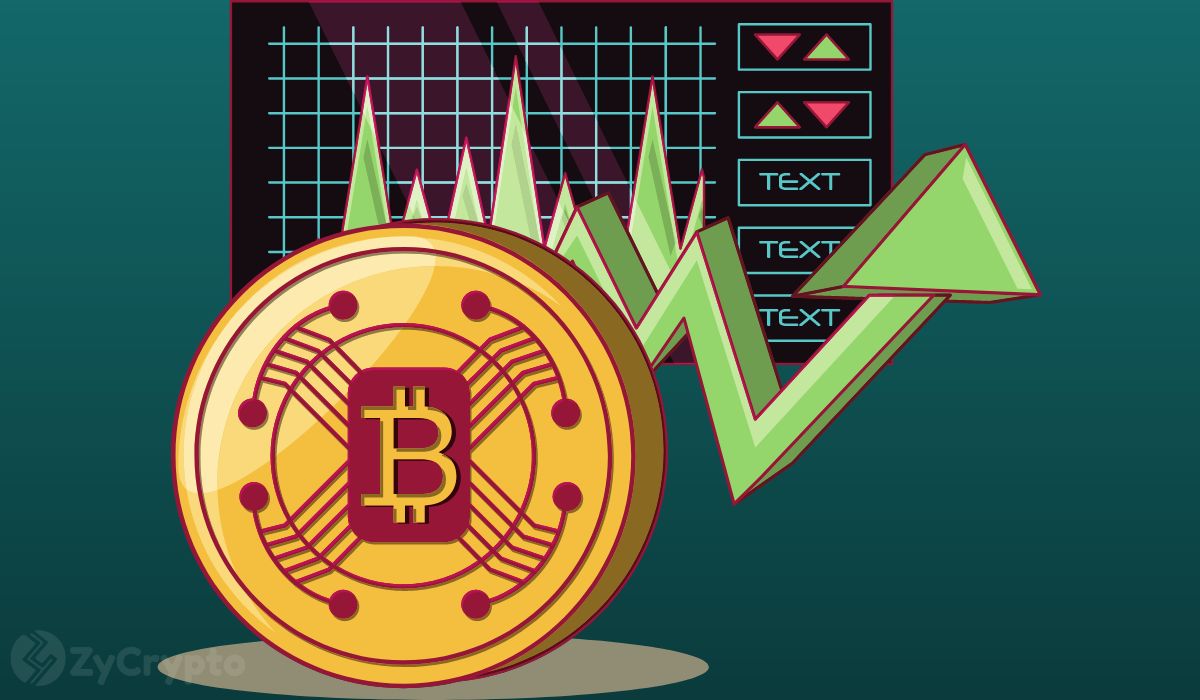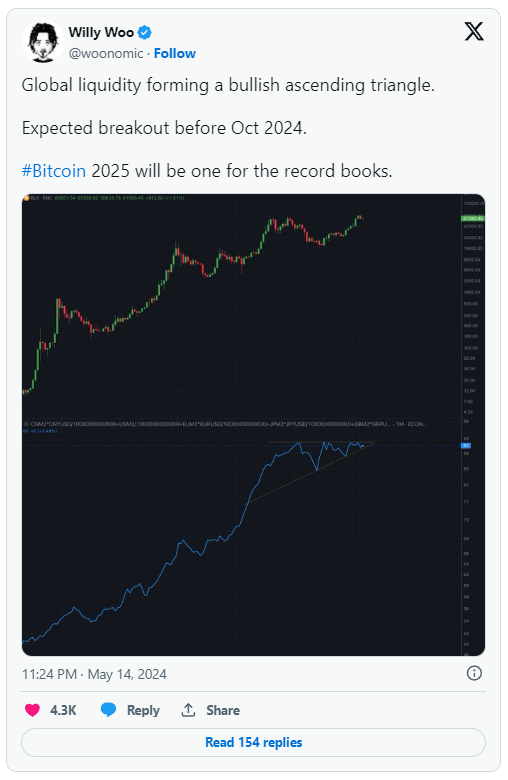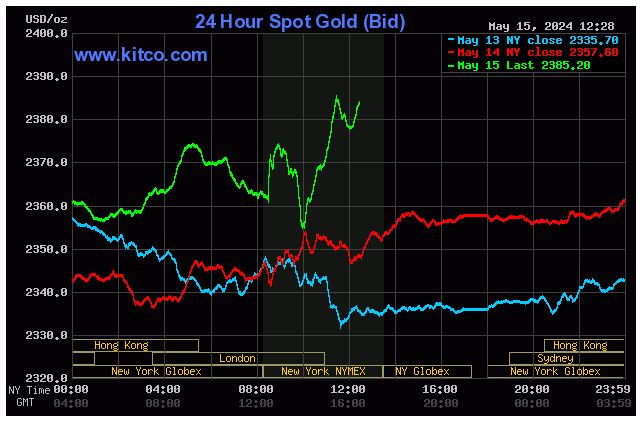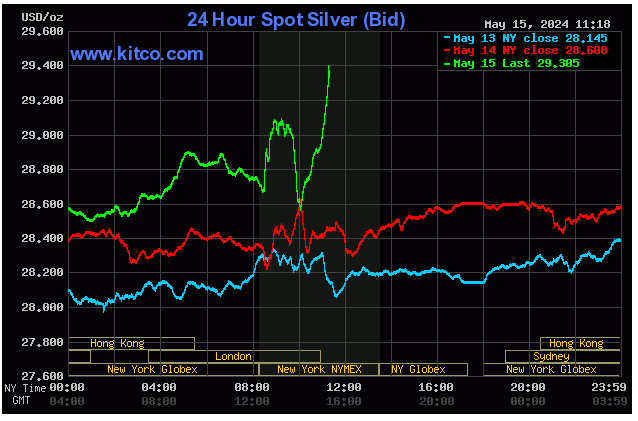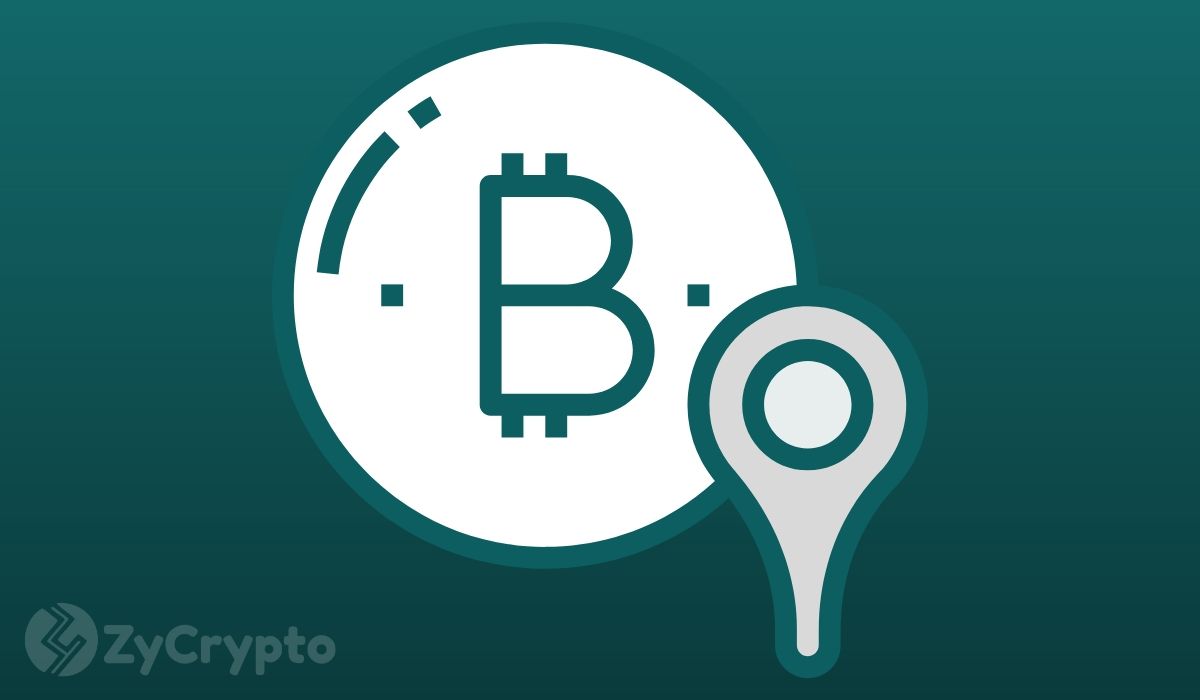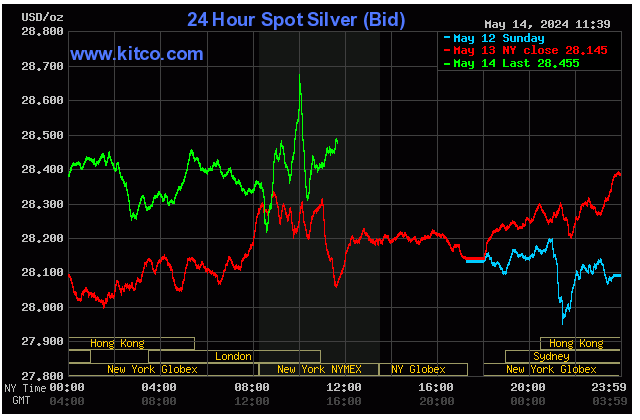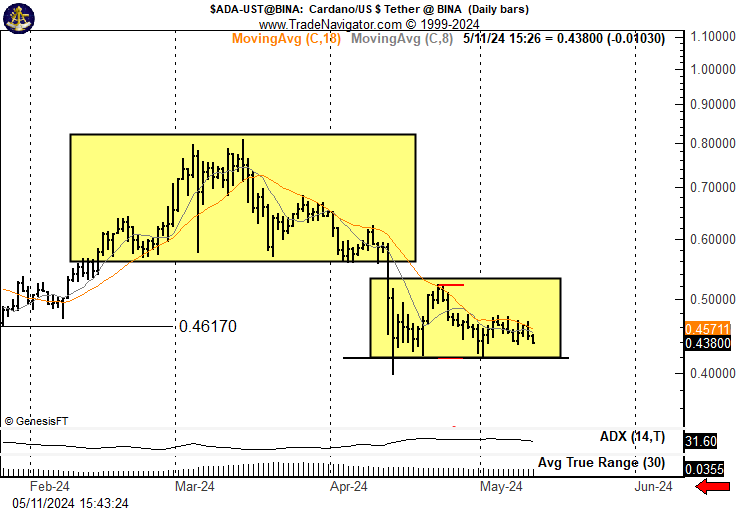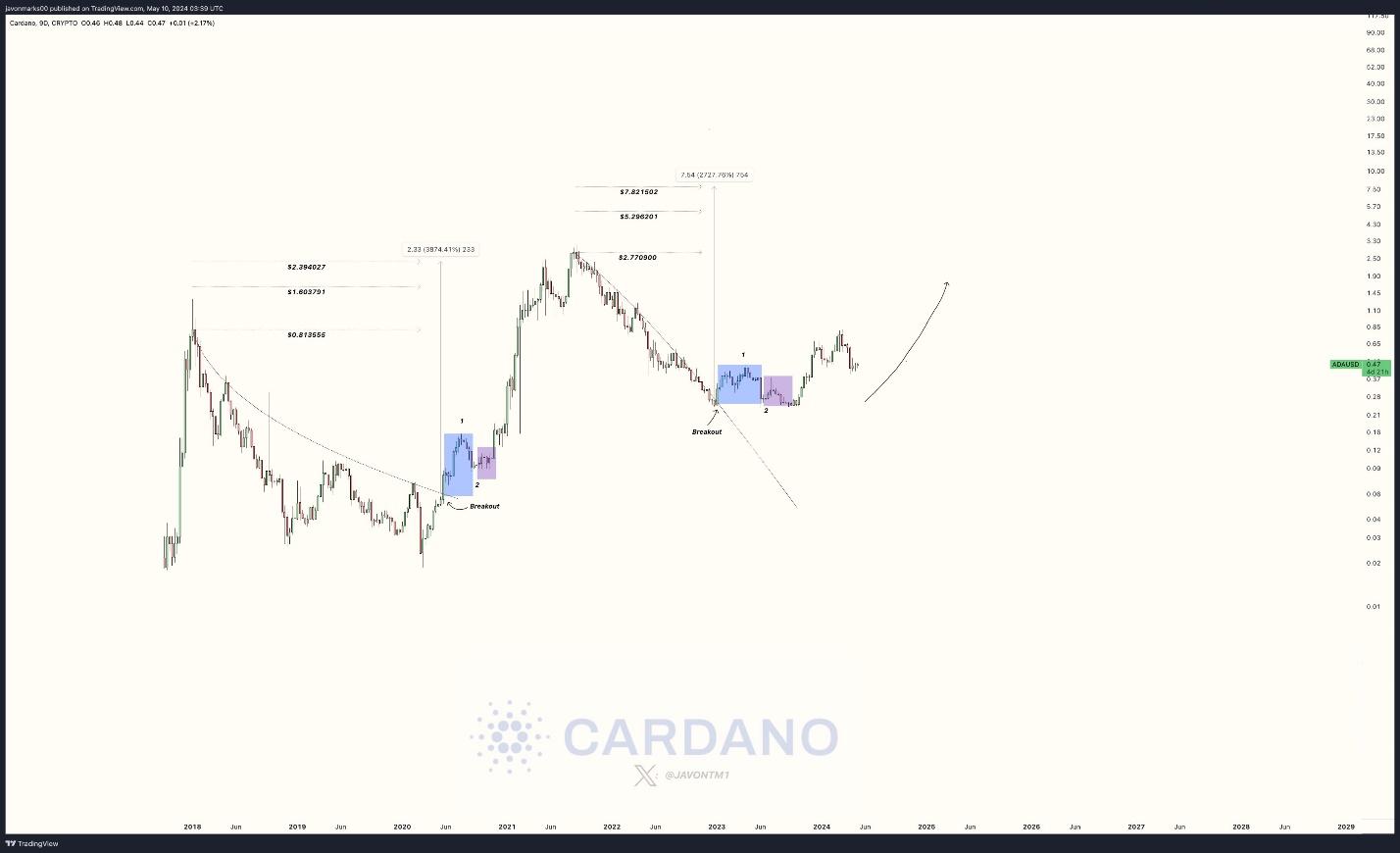Simplified Automation of Free Marketing Automation Tools: Streamlining Your Strategy
Marketing automation has become an essential tool for businesses looking to streamline their marketing efforts, increase efficiency, and engage customers effectively. Such tools facilitate the orchestration of marketing campaigns, management of customer data, and tracking of the performance of marketing initiatives. With the advent of free marketing automation software, small businesses and entrepreneurs now have access to powerful capabilities that were once the preserve of larger organizations with substantial budgets.

The selection of the right marketing automation tool can have a significant impact on a company's marketing operations. Free tools offer a variety of features, such as email marketing, social media management, and user engagement tracking, all of which can contribute to enhanced customer engagement and better business outcomes. Understanding the scope and limitations of these tools is crucial for businesses aiming to implement automation without incurring high costs.
Key Takeaways
- Effective marketing automation streamlines campaign management and data analytics.
- Free tools bring advanced marketing capabilities to budget-conscious businesses.
- Choosing the right tool impacts customer engagement and overall business success.
Exploring The Landscape Of Free Marketing Automation Tools
The landscape of free marketing automation tools is vibrant and dynamic, offering a variety of options to enhance the efficiency of marketing efforts for small businesses.
Defining Marketing Automation
Marketing automation refers to the software and technologies designed to effectively market on multiple channels online and automate repetitive tasks. These solutions help streamline sales and marketing organizations by replacing high-touch, repetitive manual processes with automated ones.
Key Features to Look For
When assessing marketing automation tools, look for the ability to create email marketing automation campaigns that allow for personalized communication, such as drip campaigns. Essential functionalities also include lead capture and audience segmentation, empowering businesses to target their customers effectively. Additionally, insightful analytics to track campaign performance is crucial for refining strategies.
Top Free Tools for Small Businesses
For small businesses looking to harness the power of automated marketing without incurring high costs, several free marketing automation tools stand out:
-
Mailchimp: Recognized for its generous free plan, Mailchimp supports up to 2,000 contacts and includes essential automation features such as email campaigns and basic analytics.
-
Simplified: This tool excels at easing the selection process for businesses by offering a user-friendly interface and AI-powered marketing automation, which can be a game-changer for resource-strapped entities.
To effectively navigate this landscape, small businesses should meticulously evaluate each tool's offerings against their specific marketing needs, considering factors like integration capabilities, user experience, and scalability.
Maximizing Efficiency with Automation

Automated marketing tools are crucial for enhancing efficiency in digital marketing strategies. They enable businesses to streamline operations, engage customers effectively, and integrate seamlessly with various ecommerce platforms.
Streamlining Marketing Workflows
Marketing workflows serve as the backbone of digital campaigns, and their optimization is crucial for operational efficiency. By utilizing free marketing automation tools, companies can automate routine tasks such as lead qualification, customer segmentation, and content distribution. For example, tools like Mailchimp automate the deployment of personalized emails, reducing manual effort and minimizing the scope for human error.
Leveraging Email and SMS Strategies
With the right email automation tools, businesses can schedule and send emails automatically, nurturing leads without constant oversight. SMS campaigns, on the other hand, offer immediate reach and high open rates. Integrating SMS with a marketing strategy, using services like Twilio, enhances the scope of direct and timely engagement, enriching customer communication channels.
Integrating with Ecommerce Platforms
For ecommerce ventures, integration between marketing automation tools and ecommerce platforms like Shopify and WooCommerce can lead to increased conversion rates. This integration allows for personalized product recommendations and abandoned cart reminders via email and SMS, potentially boosting sales. Moreover, using these tools' APIs can afford deeper customization, syncing seamlessly with the existing tech stack of the business.
Enhancing Customer Engagement
Effective customer engagement is a critical factor in successful marketing. It revolves around the strategic use of data and tools to deliver personalized experiences, manage leads effectively, and create targeted advertising campaigns.
Personalizing Customer Experiences
Personalized marketing stands at the forefront of customer engagement. By leveraging data from CRM systems, companies can segment their audience and tailor the customer journey for each segment. Autoresponders, for instance, can be employed to send customized messages based on specific customer interactions, thereby increasing the relevance and effectiveness of communication.
Utilizing Lead Scoring and Management
Lead scoring enables businesses to rank prospects against a scale that represents the perceived value each lead represents to the organization. Criteria such as demographic information, engagement level, and behavioral data are used. This process, integral to lead management, ensures that sales teams focus their efforts on leads most likely to convert.
Creating Targeted Ads and Campaigns
Data-driven strategies are utilized to create effective Facebook ads and other targeted campaigns. By analyzing campaign performance, businesses can adjust their tactics in real-time, ensuring that the ads reach the appropriate customer segment. Behavioral targeting amplifies this effectiveness by catering to the specific actions and interests of users, thus enhancing the chances of engagement and sales conversion.
Understanding the Business Impact
When it comes to free marketing automation tools, businesses must measure the effectiveness of their campaigns against the costs—both apparent and hidden—associated with scaling operations. Recognizing the true value these tools provide and the potential complexities that arise with growth is essential.
Analyzing Marketing ROI
Return on investment (ROI) is a crucial metric for any marketing strategy. By utilizing analytics, businesses can track the performance of their automation efforts. For instance, the efficacy of a tool can be quantified in terms of lead generation and conversion rates. It's important to leverage detailed reporting and analytics features offered by platforms like Salesforce Pardot to gain insights into marketing performance and make data-driven decisions.
- Key ROI Metrics:
- Cost per lead
- Conversion rate
- Customer lifetime value
The insights garnered from these metrics can then be used to refine strategies, targeting those that yield the best returns and reducing or eliminating underperforming tactics.
Considering the Price of Scaling
Price and budget are significant for businesses, especially when determining the long-term viability of an automation solution. While initial costs might be low or even non-existent for some tools, scaling often introduces new expenses. The pricing plan of a tool can evolve from free to a substantial monthly fee as the needs of a business grow. It's particularly important for small businesses with limited budgets to understand the limitations of free plans and the potential costs associated with upgrading to enterprise solutions.
- Pricing Concerns:
- Number of users
- Additional features
- Support and training
Companies must consider whether the costs tied to advanced features will continue to align with their ROI as they scale up their operations. They should also assess whether the level of support provided at different pricing tiers fits the needs of their growing business.
Frequently Asked Questions
Choosing the right marketing automation tools can significantly improve the efficiency of business operations. It's crucial for small businesses to understand the tools available to them, how they can implement these tools effectively, and recognize the potential benefits and limitations.
What are the top free marketing automation tools available for small businesses?
Small businesses can leverage a variety of free marketing automation software, with popular choices including HubSpot for its comprehensive platform, and Systeme.io for its integrated sales funnel builder and email marketing capabilities.
How can a small business implement marketing automation without incurring costs?
Businesses can implement marketing automation without costs by utilizing free plans offered by software providers. They can take advantage of tools like Systeme.io which allows saving contacts and sending unlimited emails, thereby facilitating automated marketing with no initial investment.
What features should you look for in a free marketing automation tool?
One should look for essential features like lead capturing, email sequencing, and analytics in a free marketing automation tool. Additionally, the ability to scale with the business without significant cost increases is beneficial.
How does email automation integrate with free marketing automation tools?
Email automation is typically a core component of free marketing automation tools. It allows businesses to send trigger emails, perform email sequencing, and deliver personalized content, as seen in platforms like Systeme.io.
How can free marketing automation tools impact sales and customer engagement?
Free marketing automation tools can enhance customer engagement by delivering personalized experiences and timely responses. They aid in nurturing leads through automated processes which can contribute to increased sales and customer loyalty.
What are the limitations of using free marketing automation tools compared to paid versions?
Free marketing automation tools often come with limitations in features, scalability, and the extent of customer support available. They may also impose restrictions on the number of contacts or emails a business can manage, constraining growth as compared to more robust, paid versions.
Tim Moseley


